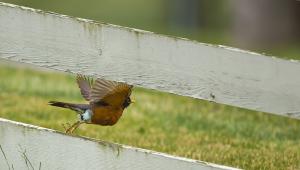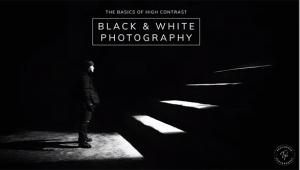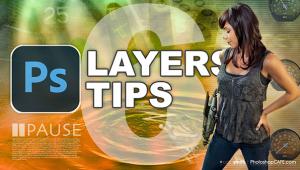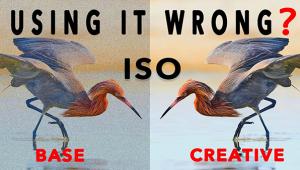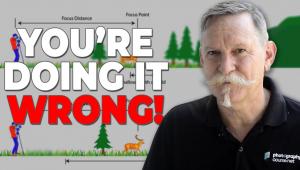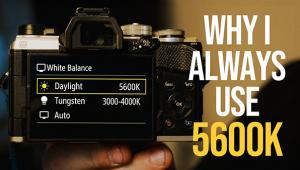Output Options; Show ’Em And Share ’Em; 10 Tips For Digital Slide Shows Page 2
2. Tell a story. Whether your show is about a vacation, wedding, or someone's life story, tell a logical story with your images. Especially with events, there should be a start, middle, and finish.
3. Use transitions sparingly. Just because your program has 100 or more transitions available, you don't need to use all of them (#3)! Occasionally I'll see a show in one of my classes that goes nuts with a different transition for every slide. By the time the show is over, I'm spending more time wondering what transition might come next than looking at the quality of the images. Pick a couple of simple transitions and stick to them.
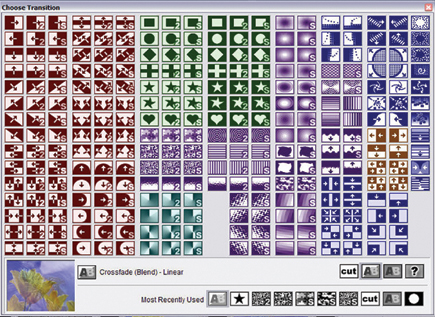 |
|
|
4. Keep the show moving. Slides should be viewed for about
5 seconds on average, and about 10 seconds if they include text. Much longer
than this and the viewer will begin to lose interest in the show. Less time
will give your show a rushed feeling.
5. Keep text simple and easy to read. Text should be used sparingly.
After all, you're showing your images, right? Use text if you need to
explain what the viewer is seeing, or when moving from one area to another,
such as a travel show. Don't use a fancy font. Especially on television
with its lower resolution, the text will be hard to read. If you have more than
a few words to say, use a title slide.
6. Don't overpower your images with music. One of the
biggest challenges most of my students have is selecting appropriate music.
You should select something that goes with the imagery, but doesn't take
the viewer's attention away from the photos. I try to choose music that
adds to the subject of my show. An example would be softer classical music to
go with landscape images, or music from the wedding if that's the subject
of your show.
7. Optimize your images for presentation. Televisions and projectors
are notorious for poor color reproduction. You can help minimize this by optimizing
your images before inserting them into your show. Use the sRGB color space (in
Photoshop, select Edit>Convert to Profile and select sRGB; in Elements, select
Image>Convert Color Profile>Apply sRGB Profile).
8. Re-size your images. If you know where your show will be
displayed, I suggest re-sizing your images in your image-editing program rather
than letting the slide show software do it. For standard televisions, a DVD
will only support up to 720x480. Projectors and computer screens vary, but 1024x768
is a good option for most shows. If you're sharing online, keep the image
size down to about 640x480--much larger than this and it won't play
well over most connections.
9. Save as JPEG. For most show uses, save images as JPEG files
with a quality setting of 8-10. If it's a web show, drop this down to
about 6 or 7 to reduce the file size. Saving your images as TIFF files just
increases the size of the show and potentially slows playback.
10. Give yourself credit! Make the last slide in your show a credits slide,
with your name, phone number, web address if you have one, and e-mail address.
You never know when someone might contact you to do a show for them. Also, if
you've used copyrighted music in your show, you should give credit here.
Of course there's lots more involved in creating a truly professional
slide show, but these 10 tips will put you ahead of many of the shows you've
probably seen.
Jon Canfield is the author of several books on digital imaging, and is a popular
instructor at BetterPhoto.com, where he teaches an online course on this topic,
and the Panasonic Digital Photo Academy. Canfield can be reached through his
website at: www.joncanfield.com.
- Log in or register to post comments











